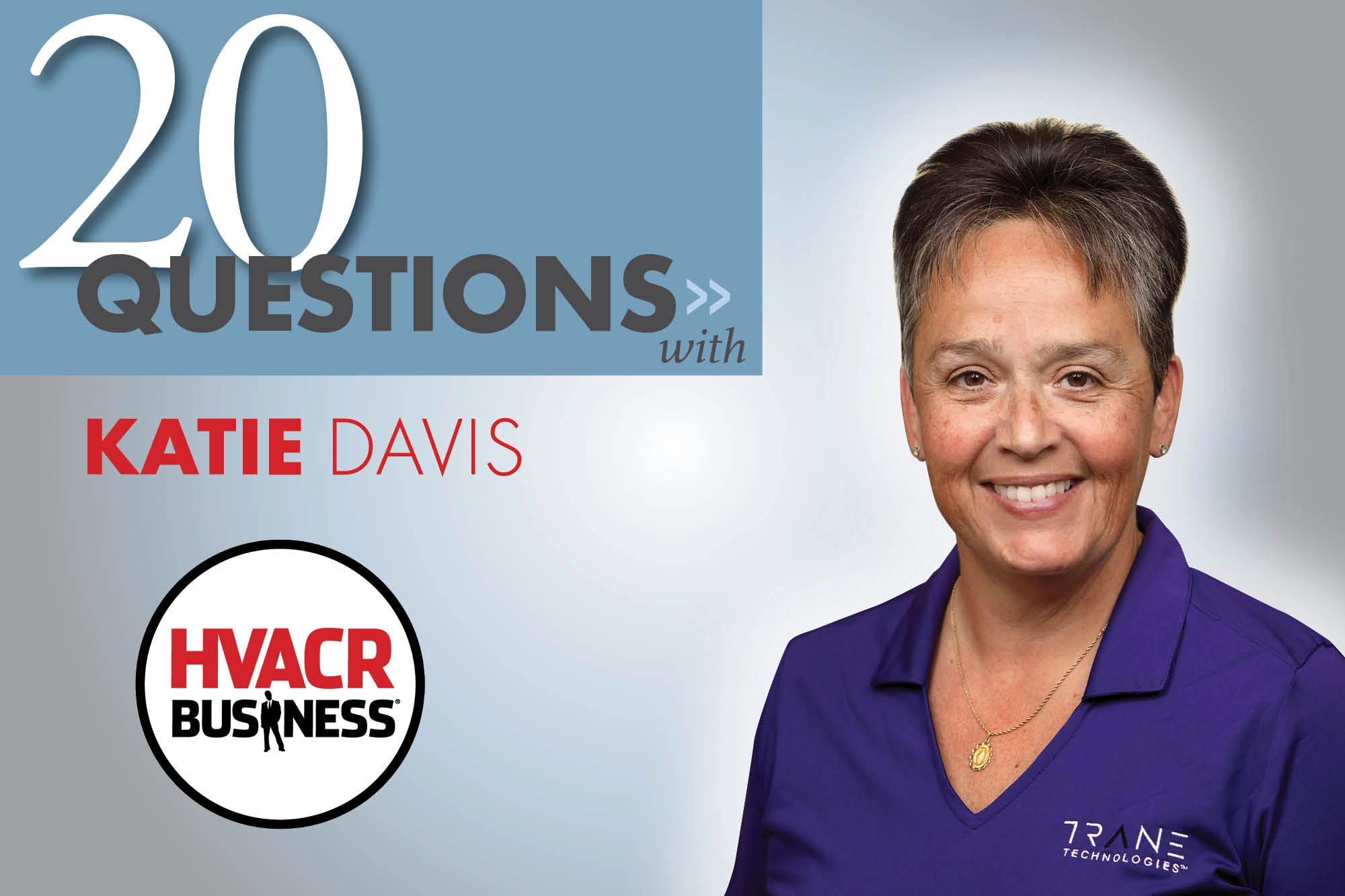Abraham Lincoln once said, “I will prepare and someday my chance will come.”
In 2014, the HVACR Industry, through its trade associations — Air Conditioning, Heating & Refrigeration Institute (AHRI), Air Conditioning Contractors of America (ACCA), Heating, Air-conditioning & Refrigeration Distributors International (HARDI) and Plumbing-Heating-Cooling Contractors Association (PHCC) — began positioning itself to be more proactive, more influential and better seen as part of the solution to the energy and environmental issues we face today.
What we have done has laid the groundwork for what now could result in legislative and regulatory successes over the next couple of years.
Whether you’re excited about it or not, the election of Donald J. Trump presents an opportunity that most of us, frankly, had not expected. A new administration and a new Congress always provides a chance to take a step back and evaluate what has worked and what hasn’t; what opportunities exist and what probably don’t.
But having a House, Senate and White House controlled by the same party and with at least a marginal pro-industry bent is an opportunity that does not come along often. As a result, we find ourselves in a position to strive for several important legislative and regulatory changes.
With opportunities such as this, however, always comes the temptation to over-reach — to try and effect too much change too quickly. While avoiding those pitfalls, we will still want to be assertive in our efforts to bring about change that would benefit our industry and the customers we serve.
What we don’t want is to damage the greater awareness of our industry and what we have already done, and will continue to do, to be part of the energy and environmental solution. That means we must educate the administration and new members of Congress that, as an industry, we are not reflexively anti-regulation.
We have, in fact, supported a number of current regulations that bring stability and consistency to our marketplace. For example, our industry was one of the main supporters of the original Energy Policy and Conservation Act (EPCA), which granted the U.S. Department of Energy (DOE) the authority to set minimum efficiency standards for our products, largely because it had strong federal preemption.
EPCA, though, is now 40 years old and is in need of reform. While the federal preemption it provides has been helpful, the law has become a regulatory Hydra, creating an endless cycle of ever more stringent energy efficiency rules for an ever-expanding array of products and equipment.
We need to find a more balanced approach, one that eliminates serial rule making, rebalances the bar of economic justification and promotes negotiated solutions. In this new atmosphere, EPCA reform will be a key priority for us in the coming year.
Another important part of our regulatory efforts will be continuing our outreach to DOE and Environmental Protection Agency (EPA) and improving those relationships. We must educate the incoming agency and White House administration about our industry, which is a cornerstone of U.S. manufacturing that supports the health, productivity and well-being of our citizens.
The fact that the manufacturers, distributors and contractors combined employ more than 1.2 million people in the United States means we have a voice in policy. We must take full advantage of that.
Finally, we need to redouble our efforts to tell our positive story of innovation and energy efficiency. This effort needs to involve not only the new administration and Congress, but also energy advocacy groups. You might wonder why? And the answer is because we do not seek to gloat, but to effect positive change.
When everyone has a stake and everyone’s voice is heard, we might be surprised at what we can accomplish. They need to continue to be made aware of the steady innovation that has brought about the most energy efficient heating, cooling, water heating and commercial refrigeration equipment the world has ever known.
Our industry continues to develop, manufacture, distribute, sell, install and maintain increasingly higher efficiency equipment. At the same time, we continue to provide consumers a number of choices in equipment types, each positioned to meet the broad array of needs found among today’s consumers.
Being successful means working together as one industry, with one voice. I invite the entire industry to join us as we seek positive change in this promising time of opportunity.
 Chris Drew, executive vice president of Burnham Holdings, Inc., is the 2017 Chairman of the Board for the Air Conditioning, Heating & Refrigeration Institute (AHRI). For additional information, visit ahrinet.org.
Chris Drew, executive vice president of Burnham Holdings, Inc., is the 2017 Chairman of the Board for the Air Conditioning, Heating & Refrigeration Institute (AHRI). For additional information, visit ahrinet.org.


 Chris Drew, executive vice president of Burnham Holdings, Inc., is the 2017 Chairman of the Board for the Air Conditioning, Heating & Refrigeration Institute (AHRI). For additional information, visit
Chris Drew, executive vice president of Burnham Holdings, Inc., is the 2017 Chairman of the Board for the Air Conditioning, Heating & Refrigeration Institute (AHRI). For additional information, visit 
